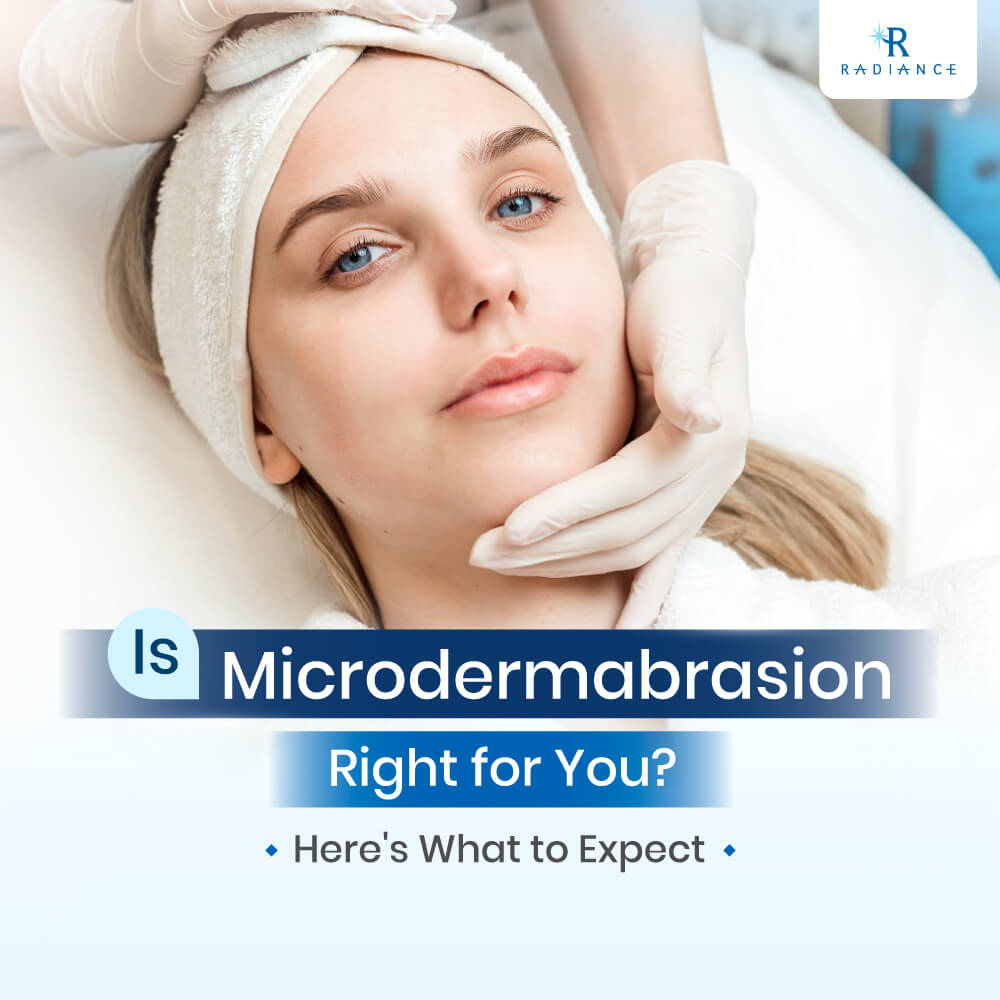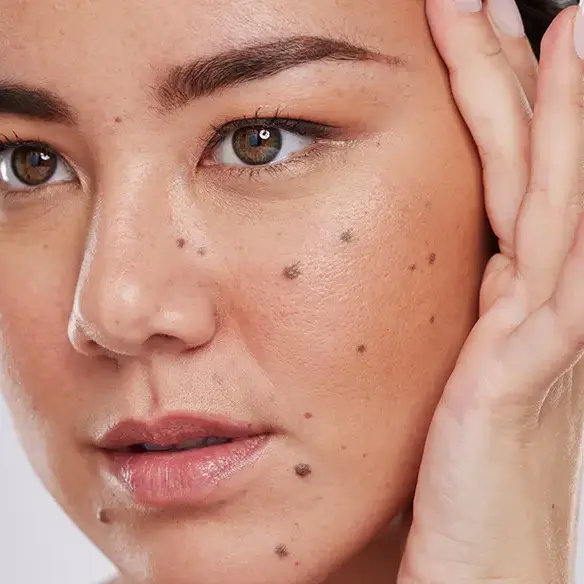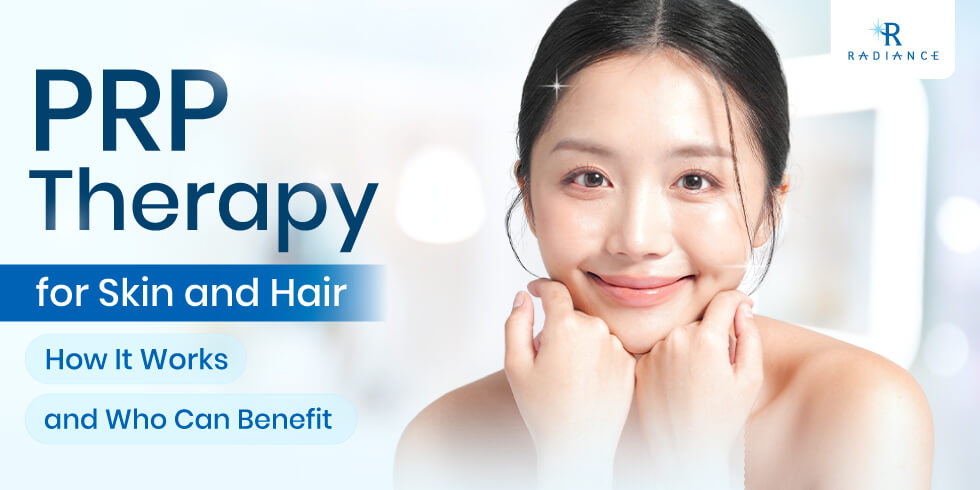
Platelet-rich plasma or Plasma Biostimulator became one of the most promising therapy agents in regenerative medicine. Its ability to internally stimulate the healing of soft tissues and joints made them a first choice for orthopedics and sports injuries. Thus, this abilities also brought Plasma Biostimulator into dermatology which has been an option for a treatment of both medical and aesthetic purpose including skin rejuvenation and a treatment of hair losses.
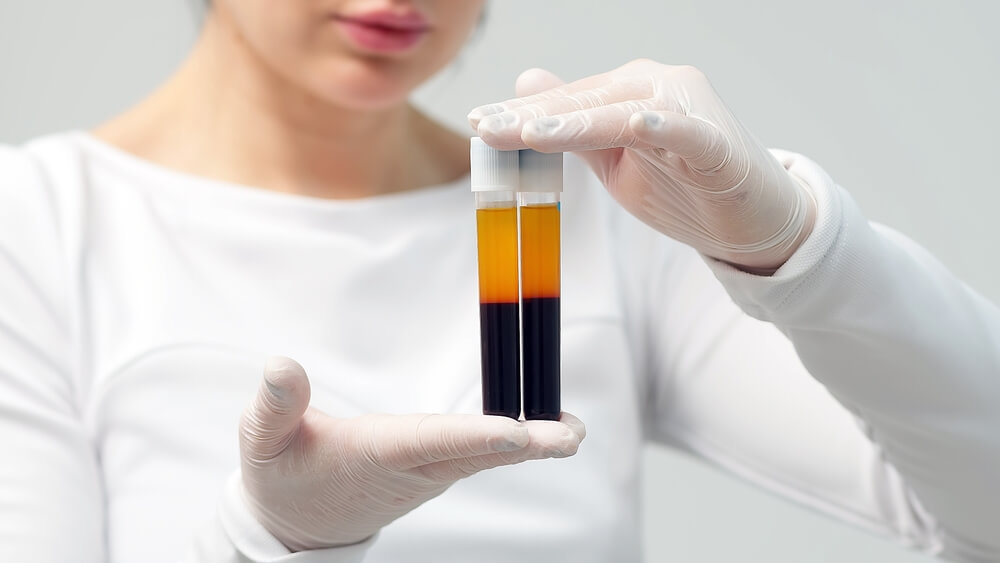
This article will provide information about how PRP treatment works for skin and hair restoration, and what you need to know if you consider PRP treatment as one of the options for the rejuvenation of your hair and skin.
What is Plasma Biostimulator?
Platelet-rich plasma or autologous conditioned plasma is a concentrated plasma protein with platelets, or in practical terms that it is whole blood with red blood cells being removed. Compared to normal blood, Plasma Biostimulator is 10 times more concentrated in platelets. While clinicians have known the importance of “embryonic extracts” composed of growth factors and cytokines in wound healing since the 1940s, the term of platelet-rich plasma appeared in 1954 by Kingsley et al as a standard platelet concentrate for transfusion. What we currently know today as the PRP was introduced in the 1970s, following the creation of the plastic “blood bag” in the 1960s.
The performance of PRP is sourced from numerous growth factors (GFs) secreted from platelets, which include Epidermal growth factor (EGF), platelet‐derived growth factor (PDGF), and vascular endothelial growth factor (VEGF). The implication of PRP started in 1972 when it was used as a sealant to establish blood homeostasis during surgical procedures. Regenerative medicine use of PRP began in late 1980 after the introduction of autologous platelet‐derived wound healing factors (PDWHF) in 1986.
Currently, Plasma Biostimulator is being prepared by the centrifuging of human blood obtained from a patient to separate red blood cells from other elements. Then, the addition of thrombin or calcium chloride may be added to activate the release of the factors from alpha granules. PRP is then categorized into three variants based on leukocyte, or white blood cells, and fibrin, a protein that helps clot the blood: leukocyte-rich Plasma Biostimulator, leukocyte-reduced Plasma Biostimulator, and leukocyte platelet-rich fibrin.
The use of Plasma Biostimulator in medical practice is due to its ability to help jump-start the healing process; stimulate collagen production; encourage cell division and cellular turnover; and reduce inflammation in the long term. While the primary use of Plasma Biostimulator is focused on the therapeutic treatment, such as orthopedics and sport injuries, Plasma Biostimulator has also been introduced for aesthetic purposes in recent years.
How does Plasma Biostimulator treatment work for skin and hair restoration?
Speaking of aesthetic treatment by PRP, the major application of PRP in the aesthetic field is the treatment of hair loss and for the skin rejuvenation process. For the treatment of hair loss, PRP is being injected directly into the affected area of the scalp. The properties of growth factors that encourage cell division and cellular turnover interact directly with the hair cells, resulting in thicker, darker, healthier, and more cosmetically effective hair growth.
Meanwhile, PRP is being used for the process of skin rejuvenation, and other dermatology purposes such as wound healing, vitiligo, scar revision, and tissue regeneration. Not only beneficial for accelerating cell division, but they also help aid collagen reproduction, making a key factor that accelerates the natural process of skin rejuvenation. The application of the PRP could help reduce wrinkles; plump up sagging skin; get rid of deep creases; improve one’s complexion; and diminish acne scars with little to no downtime.
Reading to this point, if you are interested in PRP treatment for hair loss or facial rejuvenation, we consider reaching us first for the treatment plan that provides you the best result possible.

What do you need to know before considering Plasma Biostimulator?
First of all, it needs to be mentioned that the results of PRP-based treatment are unpredictable, as Plasma Biostimulator acts like the accelerator to “stimulate” the patient’s own regeneration process. The result of PRP-based treatment will depend on the patient’s responsiveness and ability to benefit from Plasma Biostimulator’s growth factors. Here, we recommend consulting with a certified dermatologist for an effective treatment plan.
If your dermatologist gives the “green light” for the PRP-based treatment, most people are considered a fit candidate, but ones with naturally high platelet levels have an advantage over those with lower levels, as the quantity of growth factors administered will be greater in the former group. On the contrary, ones with blood-transfused disease, such as Hepatitis C and HIV; blood cancer; or cardiovascular disease that requires blood thinners, are prohibited from this procedure. In addition, ones with skin cancer in the treatment area require the proper treatment before trial with PRP-based treatment.
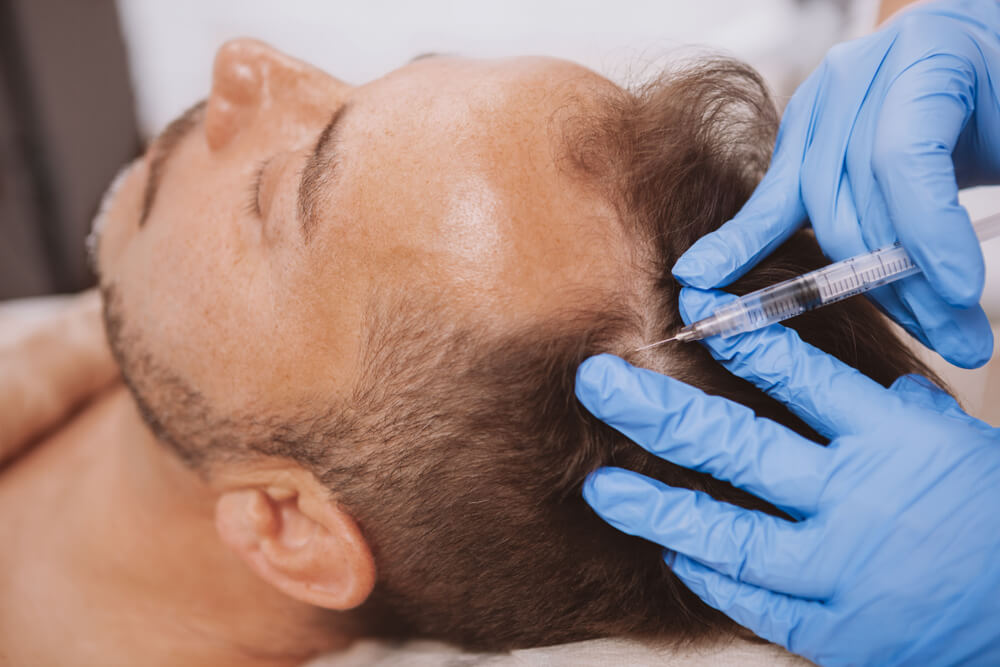
The process of PRP-based treatment is composed of three major steps. First, the process of drawing blood, which in most cases involves about 1 test tube of blood. Then, that blood will be transferred to the lab for the centrifugal process that not only turns it into PRP but also helps concentrate the PRP into the desirable level, at least 2-6 times of normal blood. Finally, about 6-10 ml of PRP processed from the blood is ready to be injected using the microneedling method. Anesthetic may be applied before an injection, which is done in small quantities but multiple injection sites up to 120 places in case of hair loss treatment. The after effects are a chance for a bit of pain, bruising, and swelling after the injection. Rather than that, no other side effects have been mentioned, and you can directly go back home after the process is done.
If you get results, the full effects appear within a few weeks to months, and its effect may last as long as 18 months. Thus, there are some limitations that Plasma Biostimulator-based treatment always needs to be repeated for maximum effectiveness, with a common program of monthly treatment in the first three months followed by a booster session every six months. This also led to another limitation, as Plasma Biostimulator-based programs may be costly compared to other types of treatment.
Plasma Biostimulator Hair and Skin Restoration at Radiance Skin Clinic
Radiance Skin Clinic, a professional aesthetic clinic located in the heart of Bangkok, is the place available for the treatment of hair loss and skin rejuvenation using the Plasma Biostimulator-based treatment. Our team of board-certified dermatologists and professional lab partners is ready to provide you with the natural treatment for your hair loss and skin concerns, using your own growth factor concentrated from your blood to bring back the rich, natural look of your hair and your skin.
Even if you are not a suitable candidate for Plasma Biostimulator-based treatment, Radiance Skin Clinic could provide you with multiple alternatives under the supervision of our highly experienced specialists, which effectively tackle your problems on hair loss and aging skin. As a result, Radiance Skin Clinic is the only place in Bangkok that could bring you the results that you have expected for.
If you are looking for a solution for hair loss or skin rejuvenation, come visit our team for a consultation at our clinic located at Maneeya Center between 10 am and 7 pm, or leave a message on our online channel here.
Phones and WhatsApp: (+66)82-695-2496
LINE: @radiance
Facebook: https://www.facebook.com/RadianceClinicBkk
Website: https://radianceskinclinic.com

